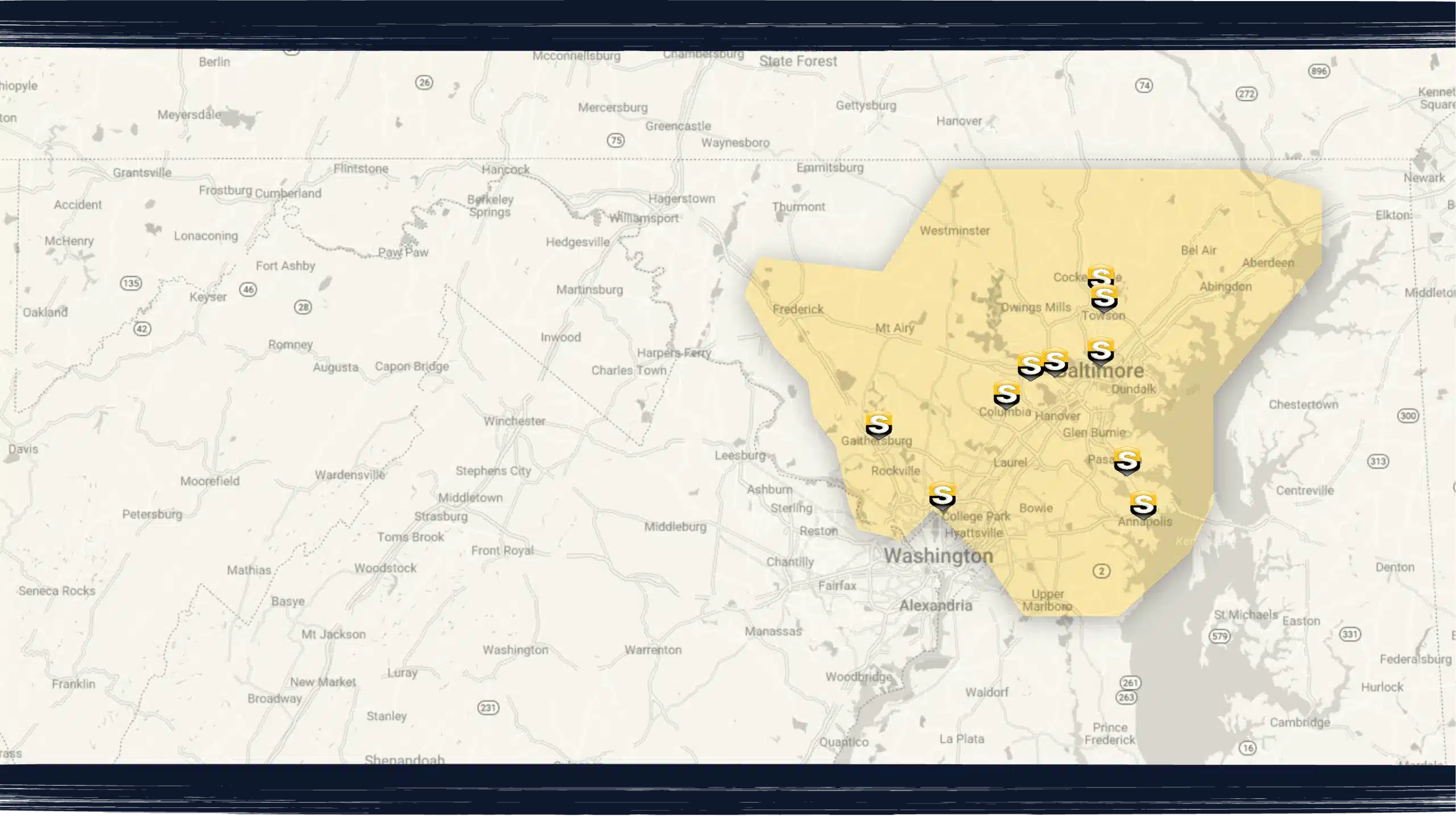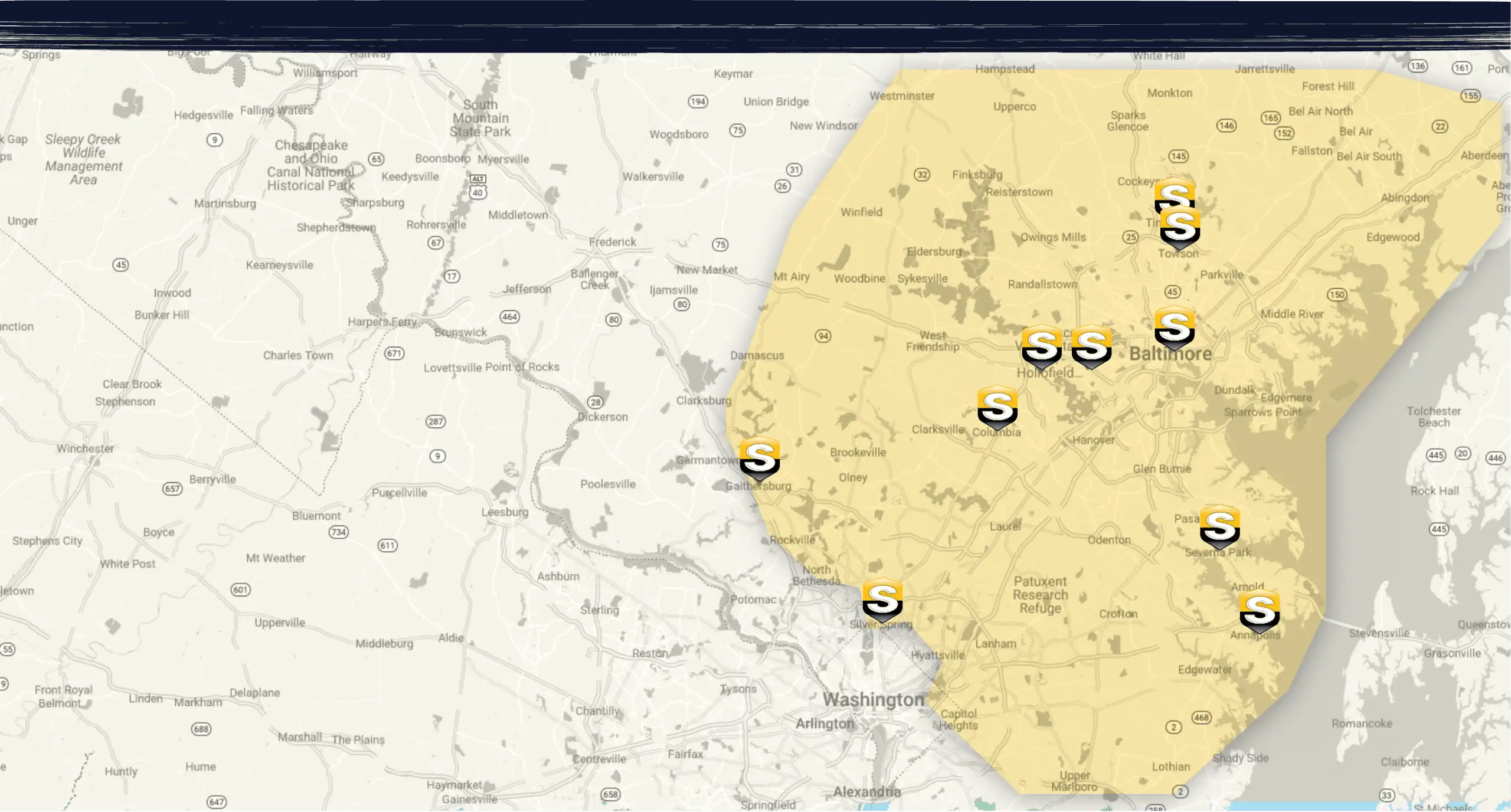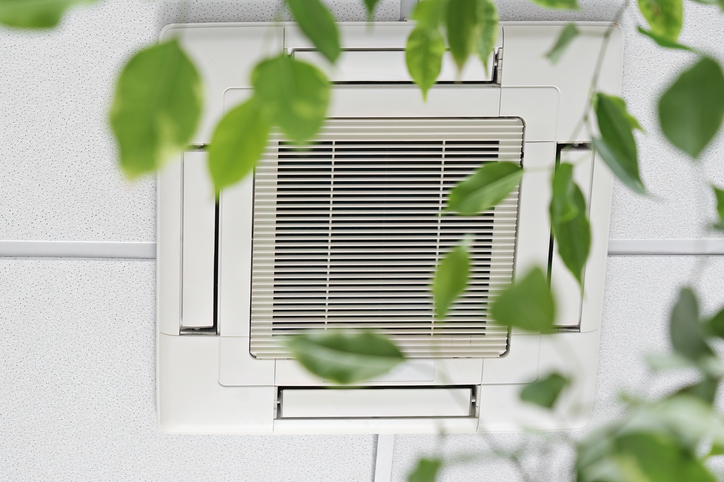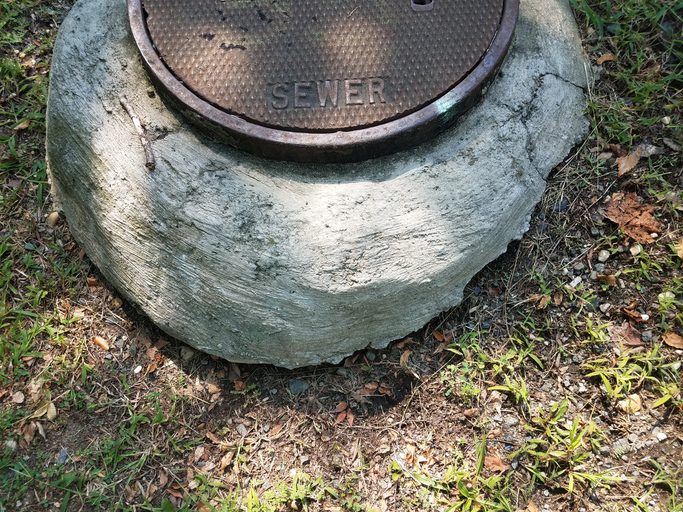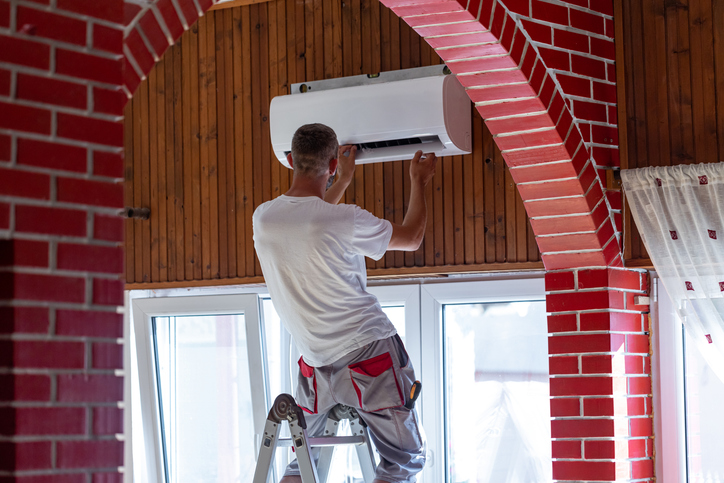As the seasons change, so do the demands placed on your home’s air conditioning system. From the intense heat of summer to the cooler transitional temperatures of spring and fall, each season introduces different stressors that can affect your AC’s efficiency and reliability. Seasonal changes not only impact how often your AC runs but also influence the types of issues that arise—leading to varying repair needs throughout the year. Understanding how seasonal weather patterns affect your system allows you to stay ahead of potential problems and ensure your AC is always ready when you need it. In this article, we’ll break down how each season can influence your AC repair needs and what proactive steps you can take to avoid breakdowns and costly service calls.
1. Spring Startup Surprises:
After months of minimal use during winter, many homeowners find their AC units struggle when first turned on in spring. This is often due to dust buildup, clogged filters, or small mechanical issues that go unnoticed during the off-season. Spring is when your AC system is gearing up for heavier use, and it often reveals hidden problems such as refrigerant leaks, thermostat malfunctions, or issues with the electrical connections. Because of the mild weather, homeowners may delay turning on their AC until the first hot day arrives—only to find it unresponsive or underperforming. That’s why spring tune-ups are so essential; they allow HVAC professionals to catch and address early warning signs before you’re left without cooling during a warm day.
2. Summer Strain and Overload:
Summer is the season when your air conditioner works its hardest. Extended periods of high temperatures push the system to run more frequently and for longer cycles, leading to increased wear and tear on components. Compressors, capacitors, and motors are especially vulnerable during this time, and failure of any of these parts often requires immediate repairs. Clogged condenser coils, low refrigerant levels, and dirty filters are also common summer issues that can reduce cooling efficiency and increase energy bills. Because summer is the peak season for HVAC repair calls, waiting until a problem arises can result in long wait times for service. Preventative maintenance and mid-season checkups are key to minimizing disruptions and ensuring your system holds up under intense summer demands.
3. Fall Wear and System Slowdown:
As the temperatures begin to cool in the fall, your AC system starts winding down after months of heavy use. While this might seem like a reprieve, it’s often when lingering issues from the summer emerge. Overworked components may begin to show signs of failure, and homeowners may notice reduced performance, odd noises, or inconsistent airflow. Additionally, falling leaves and debris can clog outdoor units, reducing airflow and potentially damaging the condenser coil. Fall is an ideal time to perform a full inspection of your system, allowing you to address any repairs while demand for HVAC services slows and before winter weather arrives. Tackling these problems in the fall can help prevent complications when the system is eventually needed again.
4. Winter Dormancy and Component Stress:
During the colder months, many homes shift to heating systems, and the AC goes largely unused. However, this dormancy doesn’t mean your AC is immune to problems. In fact, the winter season can create stress for components like the outdoor condenser unit, which is exposed to freezing temperatures, snow, and ice. Moisture buildup can cause rust and corrosion, while pests and rodents may seek shelter in the unit, chewing through wires or nesting in sensitive areas. Even if you’re not using the air conditioner, winter is a time when protective measures like covering your outdoor unit and scheduling off-season maintenance can help preserve system integrity and prevent repair needs once warmer weather returns.
5. ncreased Humidity Challenges in Spring and Summer:
Humidity plays a huge role in your AC system’s ability to cool your home efficiently. In spring and summer, increased humidity levels can cause your AC to work harder, as it not only cools the air but also removes excess moisture. When humidity levels rise, your system may struggle to maintain a comfortable indoor environment, leading to longer cooling cycles and potential short-cycling problems. These conditions can strain components like the evaporator coil and refrigerant system, leading to repair needs such as coil freezing or compressor issues. Addressing humidity problems with proper maintenance or by installing a dehumidifier can help alleviate unnecessary strain and protect your AC unit.
6. Air Quality and Filter Issues in Changing Seasons:
Each season brings its air quality challenges, such as pollen in spring, dust in summer, and mold or mildew in fall and winter. These particles can accumulate in your AC system and filters, reducing airflow and straining the system. Dirty or clogged filters are one of the most common causes of poor AC performance, leading to overheating, system cycling problems, and even breakdowns. Homeowners who neglect filter changes often face more frequent repairs due to stress on internal components. By adjusting your filter change schedule based on seasonal air quality conditions, you can ensure better system performance and reduce the likelihood of breakdowns caused by restricted airflow or contamination.
7. Thermostat Inconsistencies During Seasonal Shifts:
As outdoor temperatures fluctuate between seasons, your thermostat must work harder to maintain a consistent indoor temperature. In spring and fall, the day-to-night temperature swings can confuse outdated or poorly calibrated thermostats, causing the AC to short cycle or operate inefficiently. Additionally, programmable thermostats may not have updated schedules for the changing seasons, leading to unnecessary energy use or comfort issues. Faulty thermostats can lead homeowners to believe their AC unit is malfunctioning when it’s actually a problem with the control system. Seasonal thermostat checkups and timely updates can reduce these problems and prevent service calls related to temperature regulation concerns.
8. Seasonal Power Surges and Electrical Component Failures:
Thunderstorms in spring and summer and ice storms or power grid shifts in winter can lead to power surges that damage your AC’s electrical components. Circuit boards, capacitors, and relays are especially susceptible to voltage fluctuations, and these problems may not present themselves immediately after a surge. Instead, your AC might display erratic behavior or stop working altogether after multiple exposures. Installing surge protectors and scheduling seasonal electrical inspections can help safeguard your system and reduce repair needs associated with power issues. Being proactive about electrical protection ensures your unit stays reliable during seasonal storms and utility fluctuations.
Seasonal changes significantly impact AC repair needs, influencing everything from performance issues to component wear and environmental strain. By understanding the unique challenges each season brings, homeowners can take proactive steps to maintain their systems and avoid unexpected breakdowns. Regular maintenance, timely filter changes, electrical protection, and seasonal inspections all contribute to a healthier, longer-lasting air conditioning system. Staying one step ahead of seasonal shifts not only improves comfort but also saves money on emergency repairs.
Don’t wait for the weather to reveal a hidden AC repair issue. Call us at Supreme Service Today at (410) 788-1114 to schedule your seasonal maintenance and keep your system running smoothly year-round.






